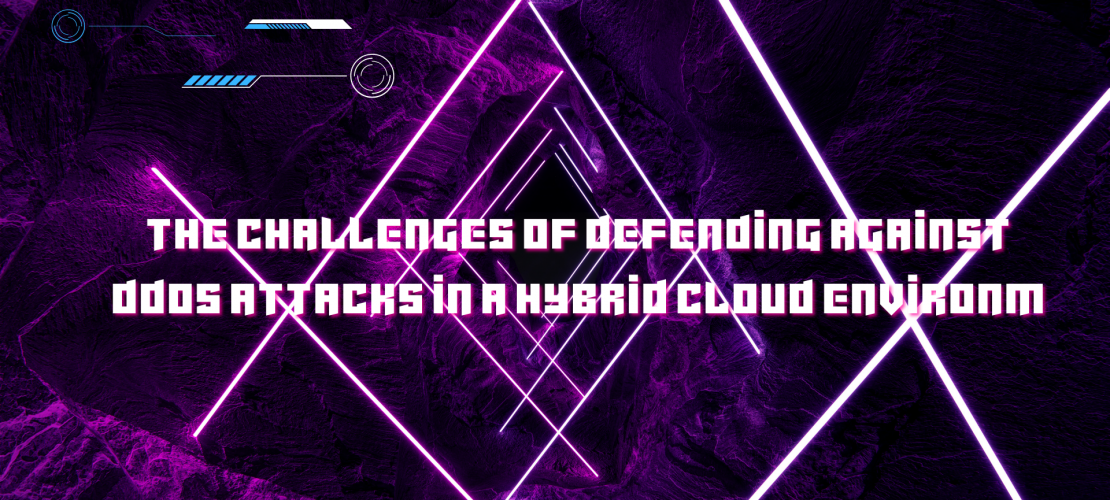With the increasing adoption of cloud computing, many organizations are now using hybrid cloud environments that combine both public and private cloud services. While hybrid cloud environments offer numerous benefits, including improved scalability, flexibility, and cost efficiency, they also introduce new challenges when it comes to defending against DDoS attacks.
DDoS attacks are a common threat to cloud-based services, and they can have significant consequences for organizations, including downtime, loss of revenue, and damage to reputation. Defending against DDoS attacks in a hybrid cloud environment requires a comprehensive approach that addresses the unique challenges of this type of environment.
One of the main challenges of defending against DDoS attacks in a hybrid cloud environment is the complexity of the network architecture. In a hybrid cloud environment, there are typically multiple points of entry that can be targeted by attackers, including the public cloud service provider, the organization’s own data center, and any other cloud-based services that the organization uses. This complexity makes it difficult to identify the source of an attack and to determine the best way to mitigate it.
Another challenge is the lack of visibility and control over the network. In a hybrid cloud environment, there may be limited visibility into the network infrastructure and traffic patterns, particularly for the public cloud service provider. This can make it difficult to identify and respond to DDoS attacks in a timely manner.
A third challenge is the need to coordinate and collaborate with multiple stakeholders, including the public cloud service provider, network providers, and other third-party vendors. This can be complicated by differences in technology, processes, and communication protocols, as well as by concerns about information sharing and liability.
To address these challenges, organizations can take several proactive measures to defend against DDoS attacks in a hybrid cloud environment.
The first step is to conduct a comprehensive risk assessment to identify potential vulnerabilities and risks in the network. This should include a review of the network architecture, traffic patterns, and access controls, as well as an analysis of the potential impact of a DDoS attack on the organization’s operations and reputation.
The second step is to implement DDoS mitigation technologies, such as intrusion detection and prevention systems, firewalls, and load balancers. These technologies can help to detect and block malicious traffic before it reaches the organization’s network, as well as to distribute traffic across multiple servers to mitigate the impact of a DDoS attack.
The third step is to develop an incident response plan that outlines the steps to be taken in the event of a DDoS attack. This should include procedures for identifying and isolating the affected systems, notifying stakeholders, and collaborating with third-party vendors and law enforcement as needed.
In addition to these technical measures, organizations can also take steps to improve their organizational culture and security posture. This includes providing regular training and education for employees on the risks of DDoS attacks and how to recognize and respond to them. It also involves implementing best practices for data security, such as strong password policies, multi-factor authentication, and regular security audits.
Another important aspect of defending against DDoS attacks in a hybrid cloud environment is working with the right partners and vendors. This includes choosing a public cloud service provider that has a robust security infrastructure and a proven track record of mitigating DDoS attacks. It also involves working with network providers and other third-party vendors that can provide additional layers of protection and support in the event of an attack.
In conclusion
Defending against DDoS attacks in a hybrid cloud environment is a complex and multifaceted challenge that requires a comprehensive approach. By conducting a risk assessment, implementing DDoS mitigation technologies, developing an incident response plan, educating employees, and working with the right partners and vendors, organizations can improve their defenses against DDoS attacks and protect their networks, services, and reputation.




